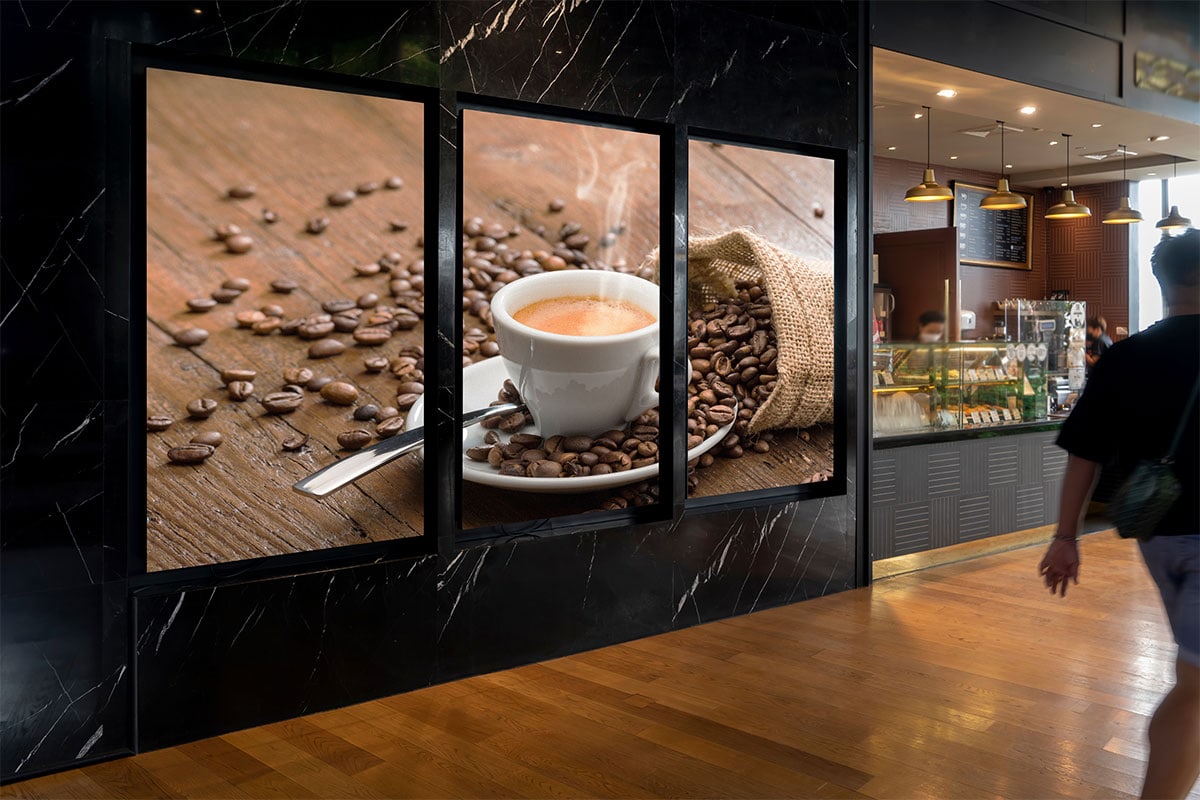Maximizing Aesthetic Impact Via Tactical Content Timing for LED Display Performance
Wiki Article
Enhancing visual impact during LED wall performances requires careful preparation plus tactical content timing. Light-emitting diode screens represent powerful tools for visual storytelling, often used in concerts, gatherings, plus displays. The efficacy of these screens relies not only just upon the caliber of the images yet also on how and timing they are shown. By comprehending the viewers' focus span and the rhythm of the event, organizers can create a more engaging experience that captivates spectators plus enhances the overall performance.
One crucial element of tactical visual timing is timing. It is vital to align the images with the beat and tempo of the show. For instance, during a musical performance, images should enhance the rhythm and mood of the melody. This synchronization helps to forge a unified experience that draws the audience in. Additionally, it is important to consider the duration of each visual segment. Short, impactful clips can sustain viewer engagement, while extended images may be appropriate for instances of reflection or sentimental connection. By altering the duration and vigor of the images, event planners can maintain the audience engaged throughout the show.

Another important element is the material itself. The images shown on the light-emitting diode wall should be relevant to the theme of the show. This pertinence aids to strengthen the message being conveyed and makes the encounter more unforgettable for the audience. For example, if the show is about environmental awareness, using visuals that illustrate the environment and animals can amplify the message. Furthermore, incorporating dynamic elements, such as animations or interactive visuals, can introduce thrill and maintain the audience's attention. The right content, presented at the appropriate moment, can considerably enhance the effect of the performance.
Audience engagement is also a crucial consideration in content scheduling. Understanding the characteristics and tastes of the viewers can guide the selection of visuals. For example, a younger audience may respond better to vibrant colors and fast-paced animations, while an older audience might value more nuanced and refined images. By visit their website customizing the material to the viewers' preferences, organizers can create a more personalized experience that resonates with viewers. Additionally, incorporating audience participation, such as live polls or social interactions, can further enhance engagement and make the performance more interactive.
Finally, evaluating the effectiveness of the content scheduling is essential for upcoming shows. Collecting responses from the viewers can offer insightful information into what was effective well and what could be improved. This information can help organizers refine their strategies and make knowledgeable choices for upcoming performances. By constantly evaluating and modifying the visual scheduling approach, organizers can maximize the visual impact of light-emitting diode screen shows plus craft unforgettable experiences for their audiences.